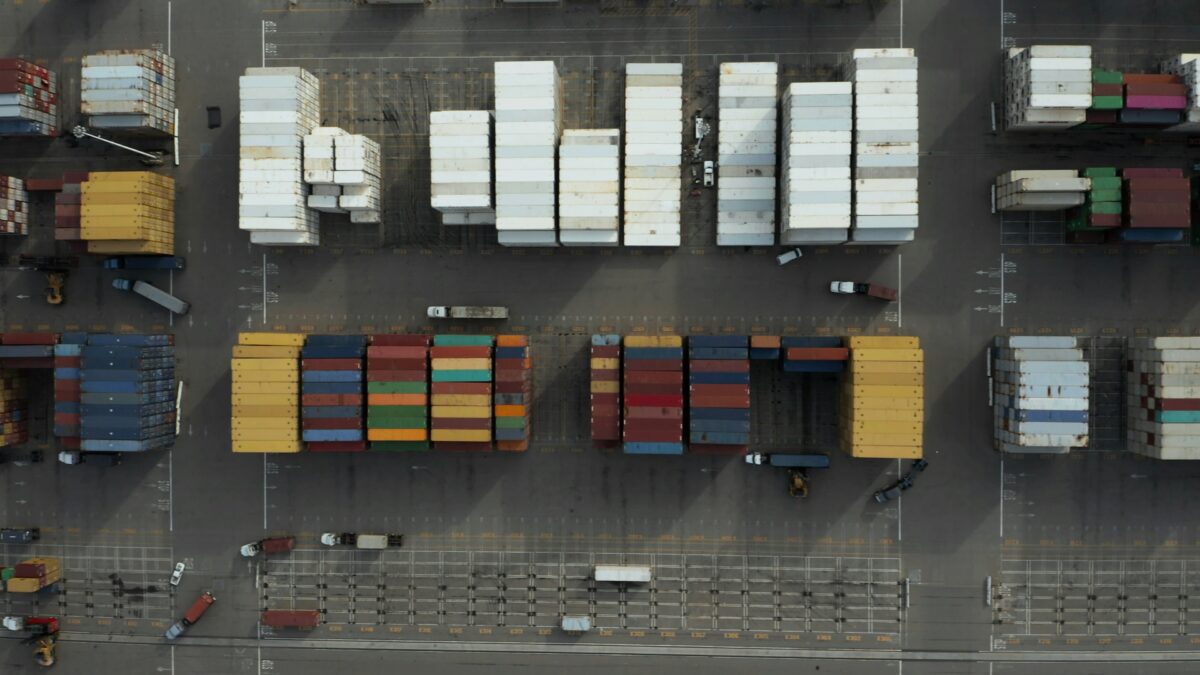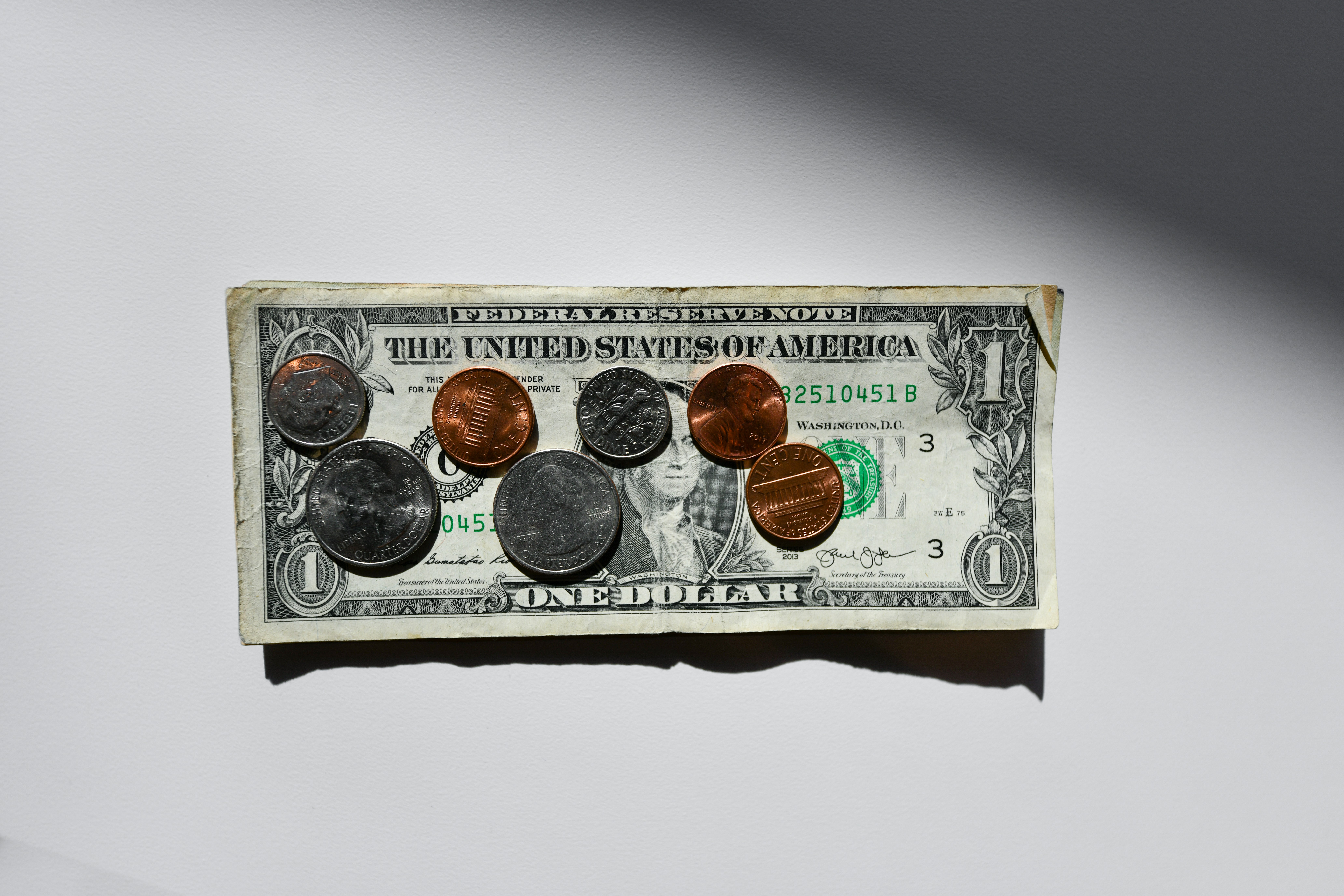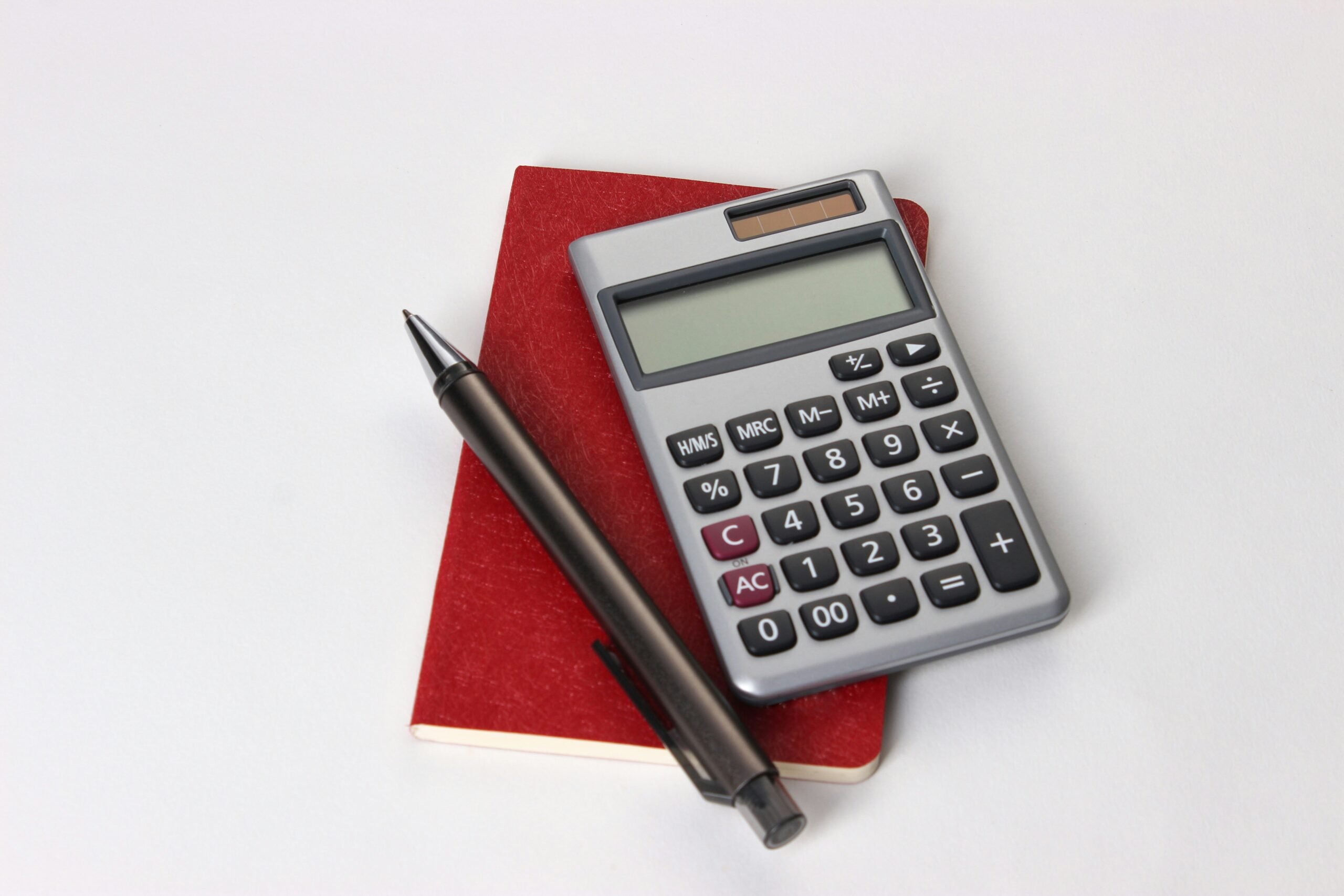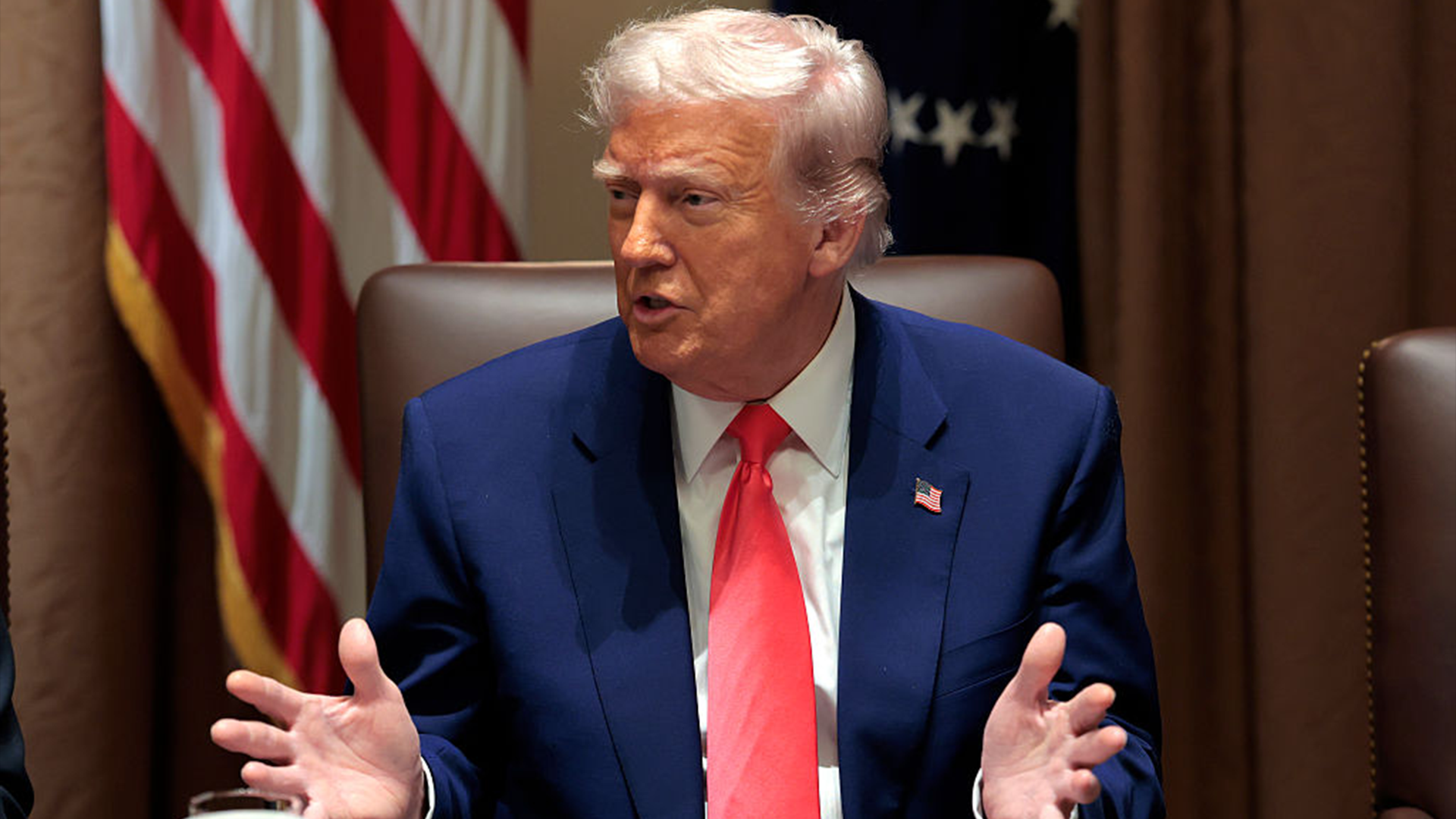President Donald Trump has established an “America first” policy on tariffs and soon big changes will be evident, according to economic forecasting. The tariff war has already had drastic impacts on businesses and the stock market, so there are sure to be others. Along with the controversial federal funding cuts, there are a myriad of moving parts to keep track of as Trump enacts his executive orders. The American people and those abroad keeping abreast of the situation may not be caught up on their international taxation information. For anyone seeking uncomplicated answers, here’s a quick guide to how tariffs work and why they’re so relevant in 2025.
How Do Tariffs Work?

In a conversation with UChicago News earlier this month, Professor Robert Gulotty explained, “Tariffs are federal taxes, set by Congress, and applied to goods at the border. Unlike income or sales taxes, tariffs vary by product and by the originating country.” These taxes on imported goods are typically paid by the importing business or person. This additional charge on an import is supposed to move a buyer’s money away from the country exporting the goods. Tariffs are applied at the border of countries and they are different from more common forms of taxes like sales or even income taxes. Tariffs can vary by product and by country of origin.
Since taking over office again in January, POTUS’ focus has been on “implementing a 25% additional tariff on imports from Canada and Mexico and a 10% additional tariff on imports from China.” While neighbors to the North’s energy resources will have a lower 10% tariff, there are mounting concerns about increases reaching China, as such a large number of products sold in America (many of which can’t easily be replaced or sourced from elsewhere).
What Are The Pros And Cons Of Tariffs?
There are upsides and downsides to having tariffs. One con is that they can lead to higher costs of goods for the average person, as the price tag has to rise along with the import cost. Another thing that can happen with increased tariffs is the decrease of imports in general (or just a specific type of imported goods). If continued long enough, this pattern means that demand may eventually exceed supply. Whether consumers need a specific medical product or are trying to order vacation clothes at half the price from overseas, this can create issues across the board.
The upside of tariffs is that they can help protect domestic industries and even jobs. When imported goods are made to be expensive by increased tariffs, it encourages consumers to purchase goods from their home country. When people buy locally, that bolsters the economy instead of outsourcing for the same (or similar) products.
Why Do We Have Tariffs?
Tariffs exist for many reasons. Primarily, their purpose is to generate profit for the government’s budget. They can also be used as a way to control the quantity of imports for particular goods, which is beneficial for things like national security. Additionally, for domestic industries, tariffs are like a life line. If global competition went unchecked it is unlikely that many companies and countries would be doing as well. They acts as a monetary barrier for monopolies on certain products or industries. While tariffs don’t completely prevent monopolies, which are when a company/entity controls the market for products, they make them much harder to operate.
How Important Are Tariffs To Foreign Relations?
Tariffs are incredibly important when it comes to foreign relations since they impact citizens (not to mention their bank accounts) relatively quickly. Also, tariffs can be used as a way to negotiate with other countries; this is a common tool to gain economic power or favor of another country. Conversely, trade negotiations can lead to spiked tariffs and in turn be a form of retaliation between nations.
In the White House’s fact sheet for the updated tariffs, the Trump administration even refers to the increased tariffs as their “leverage” to protect against illegal migration and drug smuggling. So whether or not that perceived benefit comes to fruition or not, it will incite a reaction from other countries.
Frequently Asked Questions
What is an example of a tariff?
Tariffs are simply a percentage of a product’s total value. If you buy a product from Country A for $10, but there is a standard 10% tariff on the product. This makes the total $11. Thinking of this on a larger scale, the tax would be much more. That means Country A can transfer that partially or completely onto the customer by spiking prices.
How do tariffs cause inflation?
When tariffs increase the cost of imported goods, customers feel the impacts while shopping. This is because domestic goods, without imported goods, are considered a hot commodity. So with less competition, domestic industries raise their prices which can disrupt the supply chain.
















